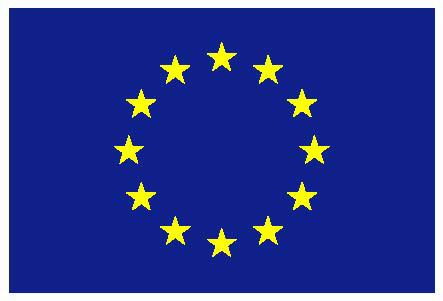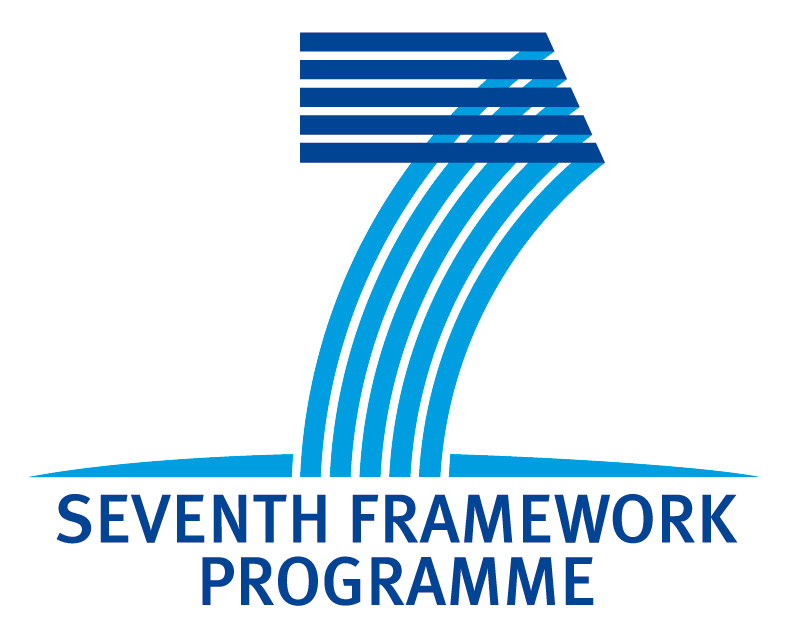Programme Description
Each of today's major food species is distributed worldwide. While much of that food
globalisation has resulted from modern trade networks, it has its roots in prehistory. By the end
of the second millennium BC, the south west Asian crops, wheat and barley, were in several parts
of China, and Chinese millets and buckwheat were in Europe. There was a parallel exchange of
crops between South Asia and Africa.
There are some striking features of that early phase of food globalisation, features that relate both
to the crop plants themselves and to the societies that utilised them. A series of later episodes of
globalisation, from the Classical period onwards, involve exotic fruits, vegetables and spices. The
earlier phase, however, is manifested in evidence for staple sources of grain starch, the cereals, and
the 'pseudo-cereal' buckwheat.
Our project employs archaeobotany, genetics, stable isotope analyses and ethno-archaeology
to establish when and how that early globalisation of staple foodstuffs happened, what it meant
for human societies in very different parts of Eurasia, and what it meant for the plants upon
which they relied for food. Our primary foci for genetic analysis are barley, wheat, foxtail millet and
broomcorn millet.
In order to understand the pathways of movement across the continent, we are collaborating in
excavations in Kazakhstan and Western China. To place those vast landscapes in context, we are
undertaking palaeoclimatic analyses with a primary focus upon the stable isotope record.
It is already clear that a focus upon durable material goods in the archaeological record lends
particular prominence to those with an abundance of such goods. An alternative focus upon quite
ordinary foodstuffs shifts our gaze to a much wider range of people and emphasises their role
in the roots of our modern global society. We anticipate that our research will chart the very
significant contribution of 'material-poor' producers of food, and whole regions, particularly in
Central Asia, where the earliest generations of farmers left meagre traces beyond evidence of the
produce of their labours.
To find out more about our project please read our paper in World Archaeology
(click here) (published 2011)
or to watch a video of Prof Jones giving a lecture about the project please
click here (Feb 2015)
русская
версия
страницы
中文简介
|



